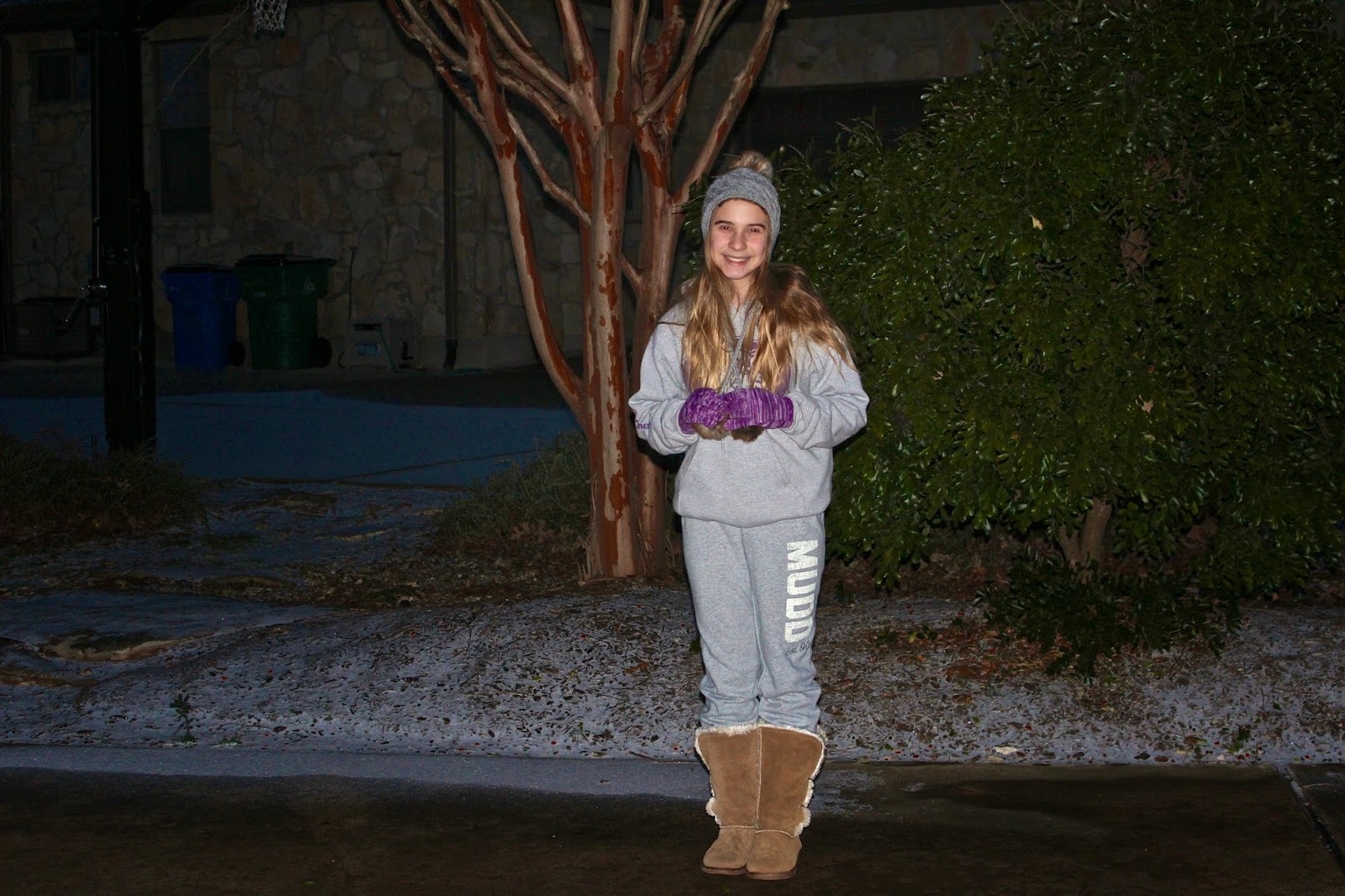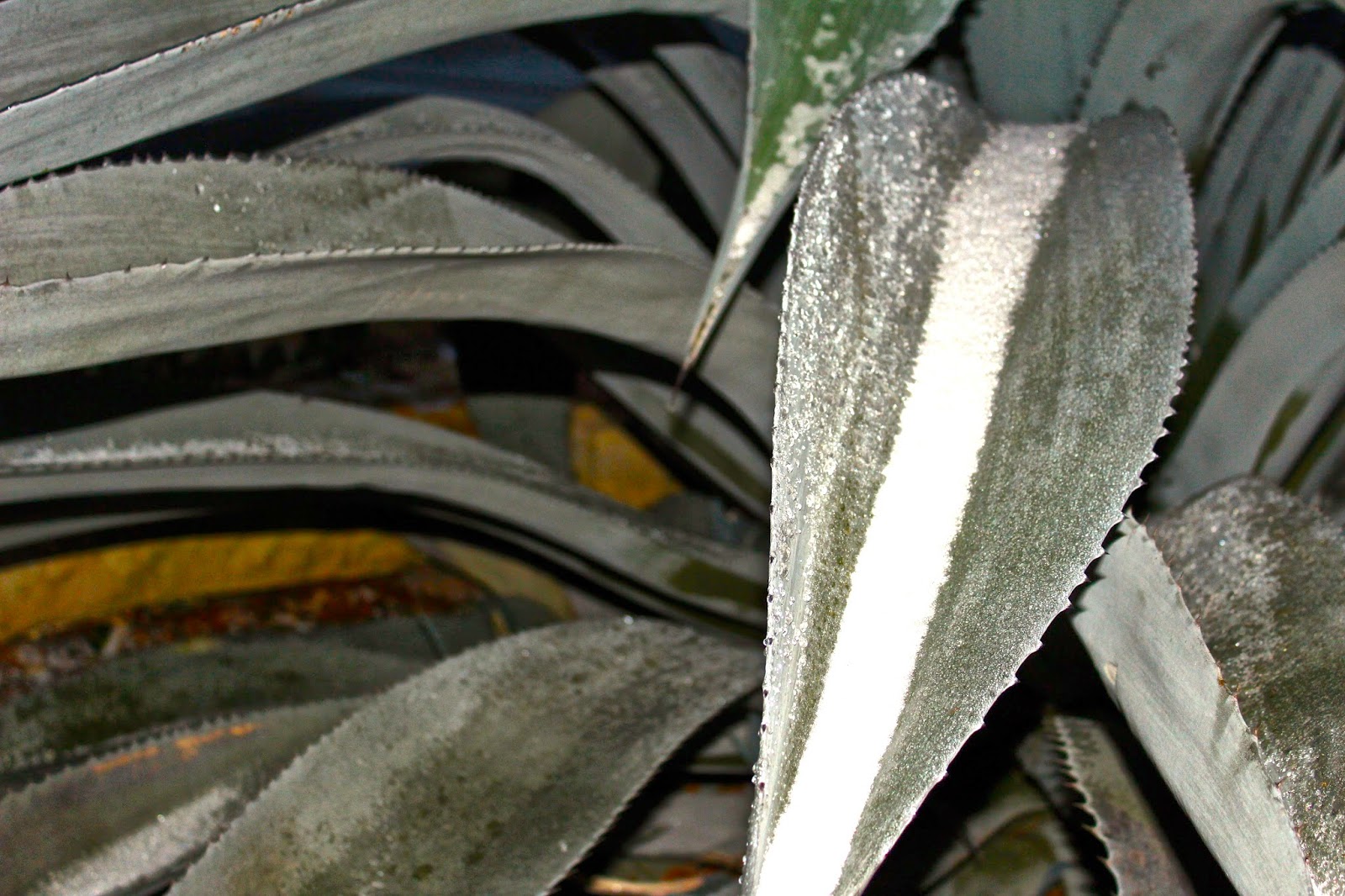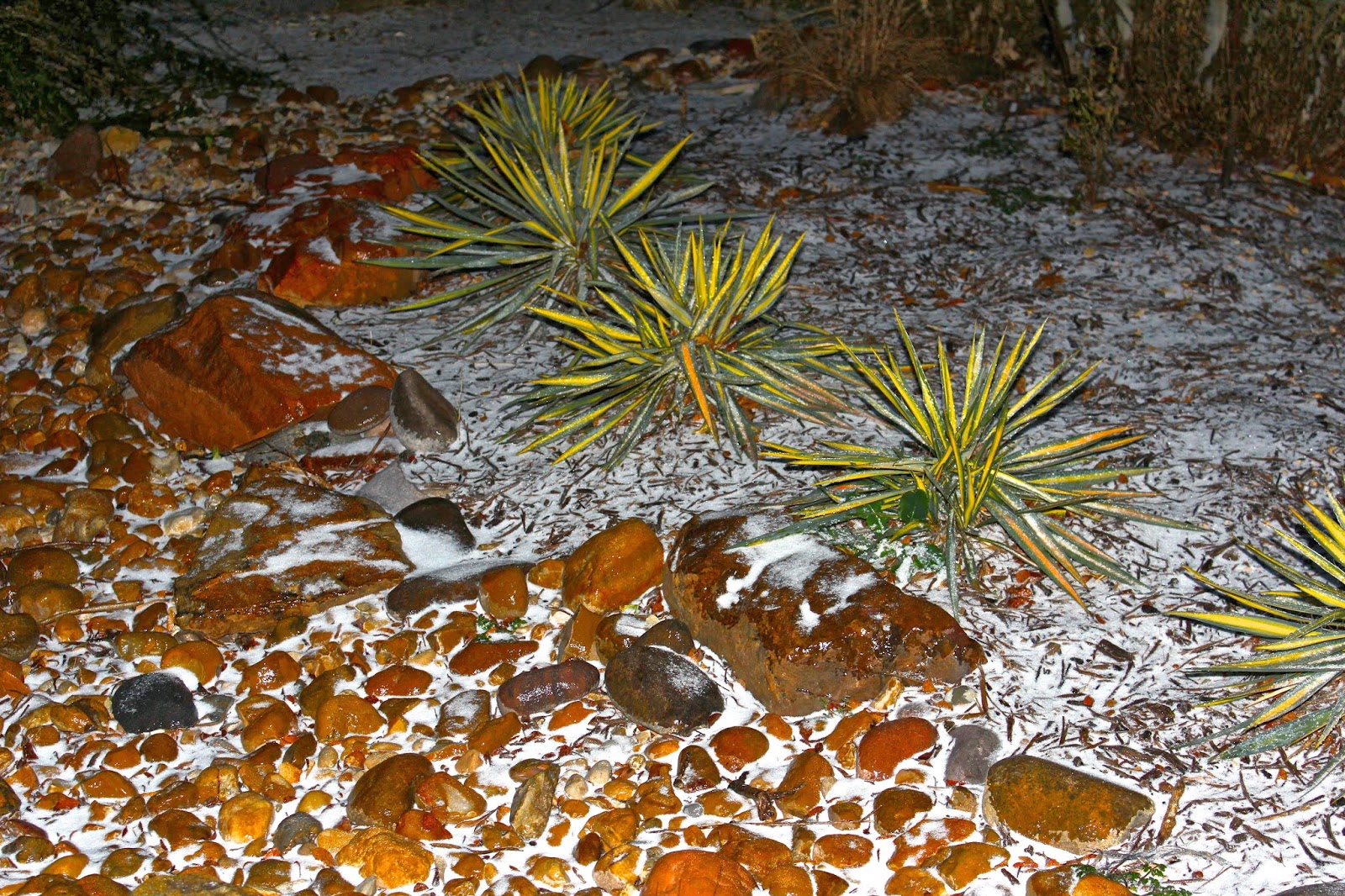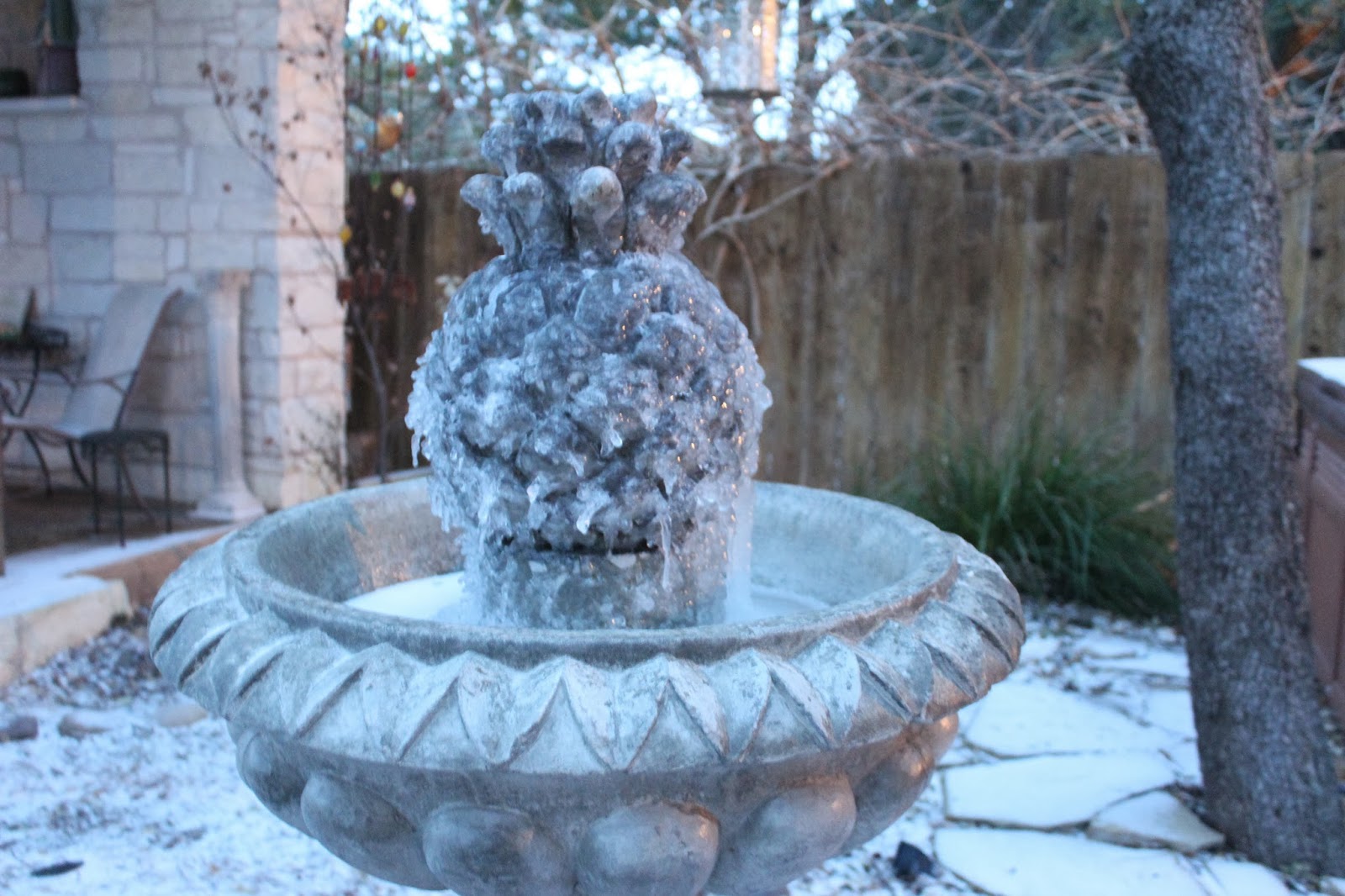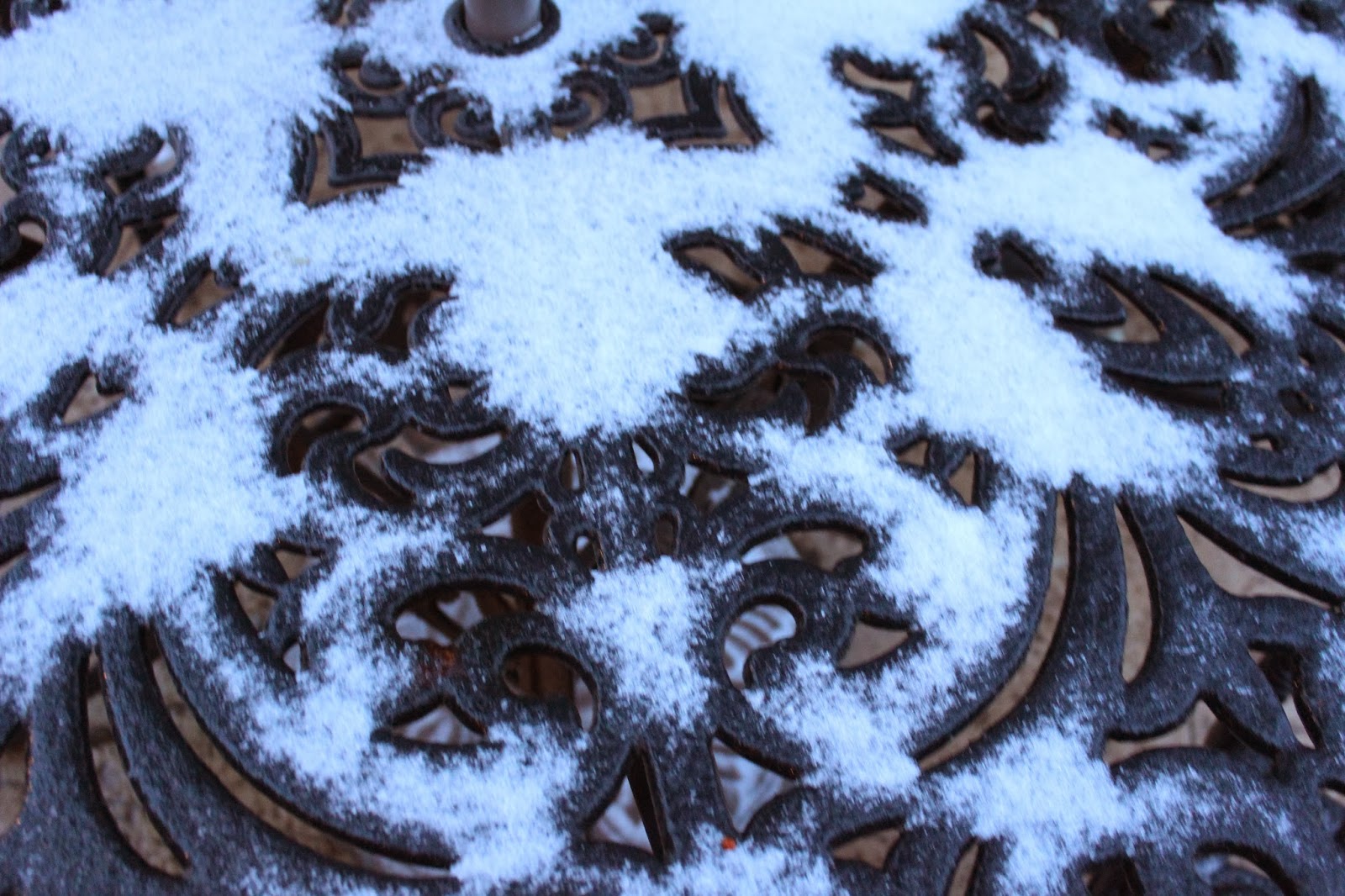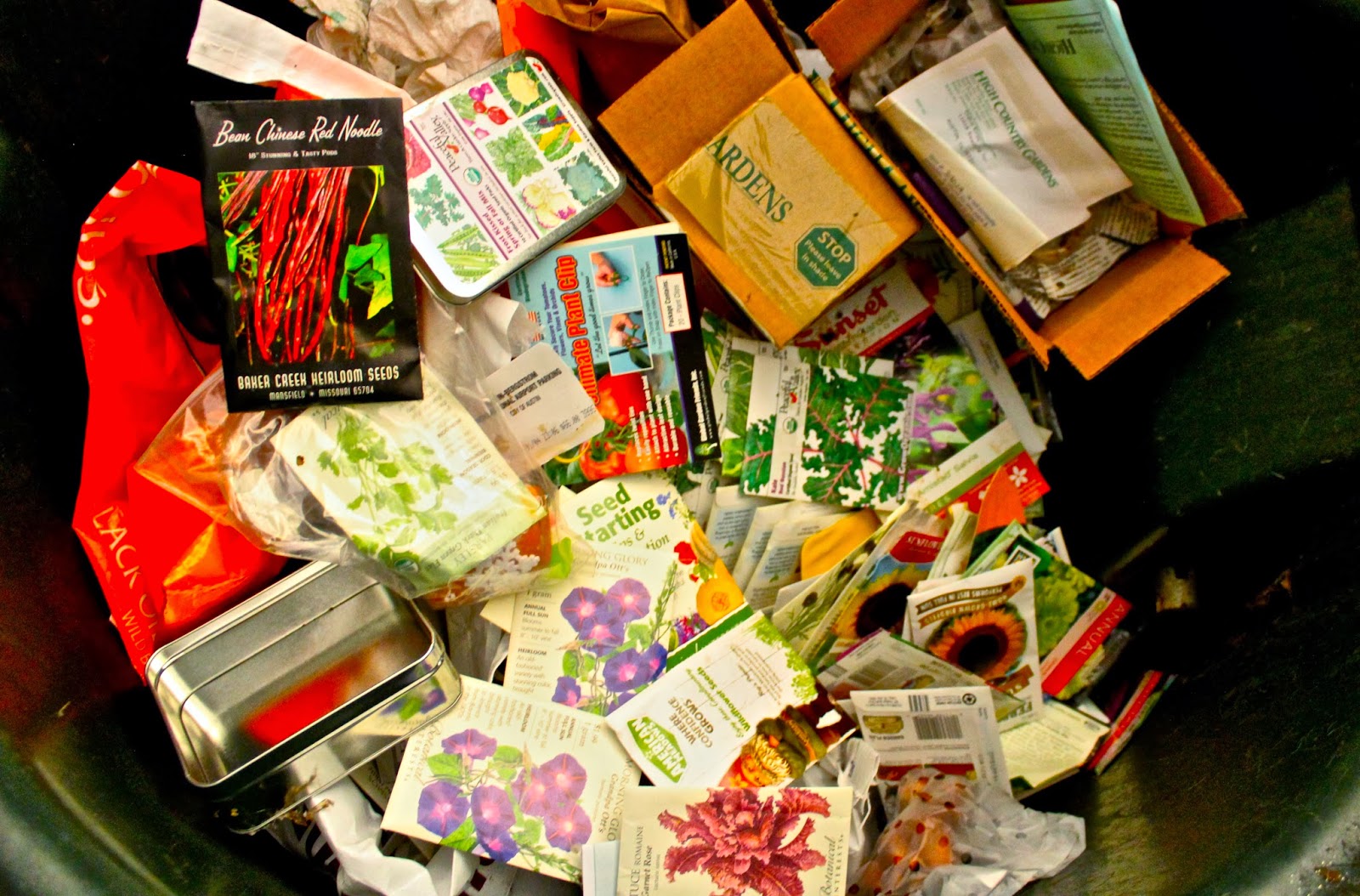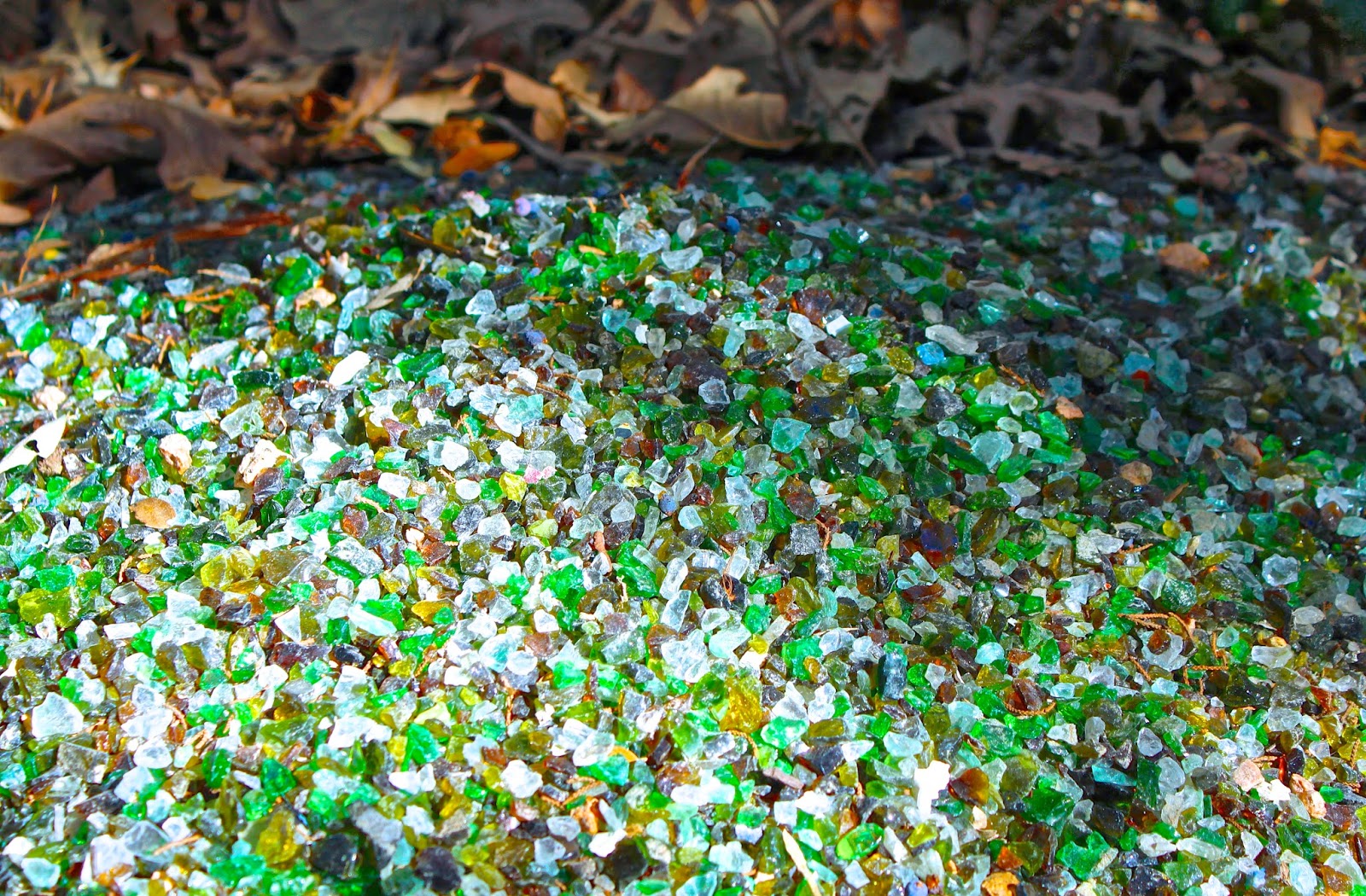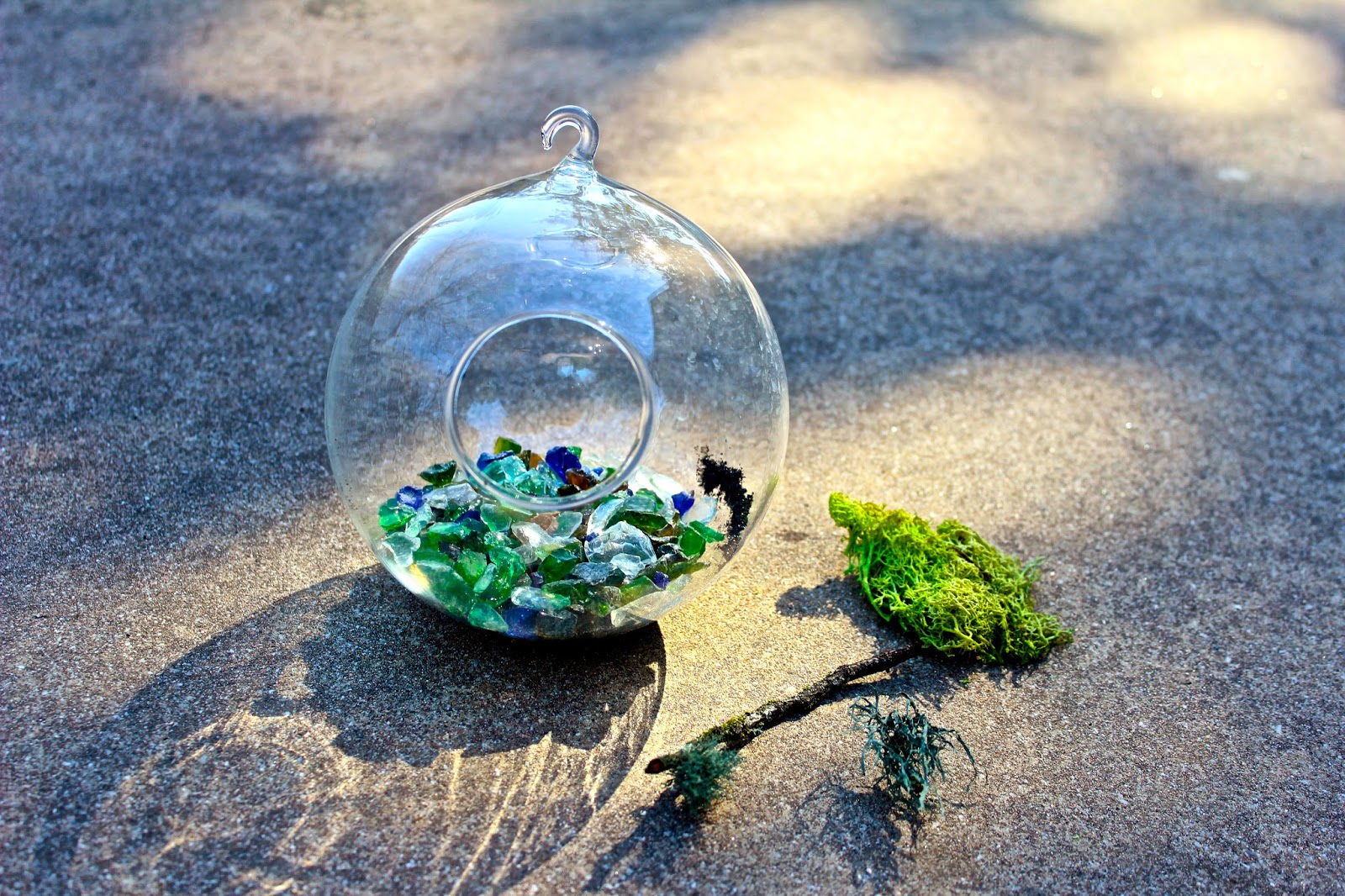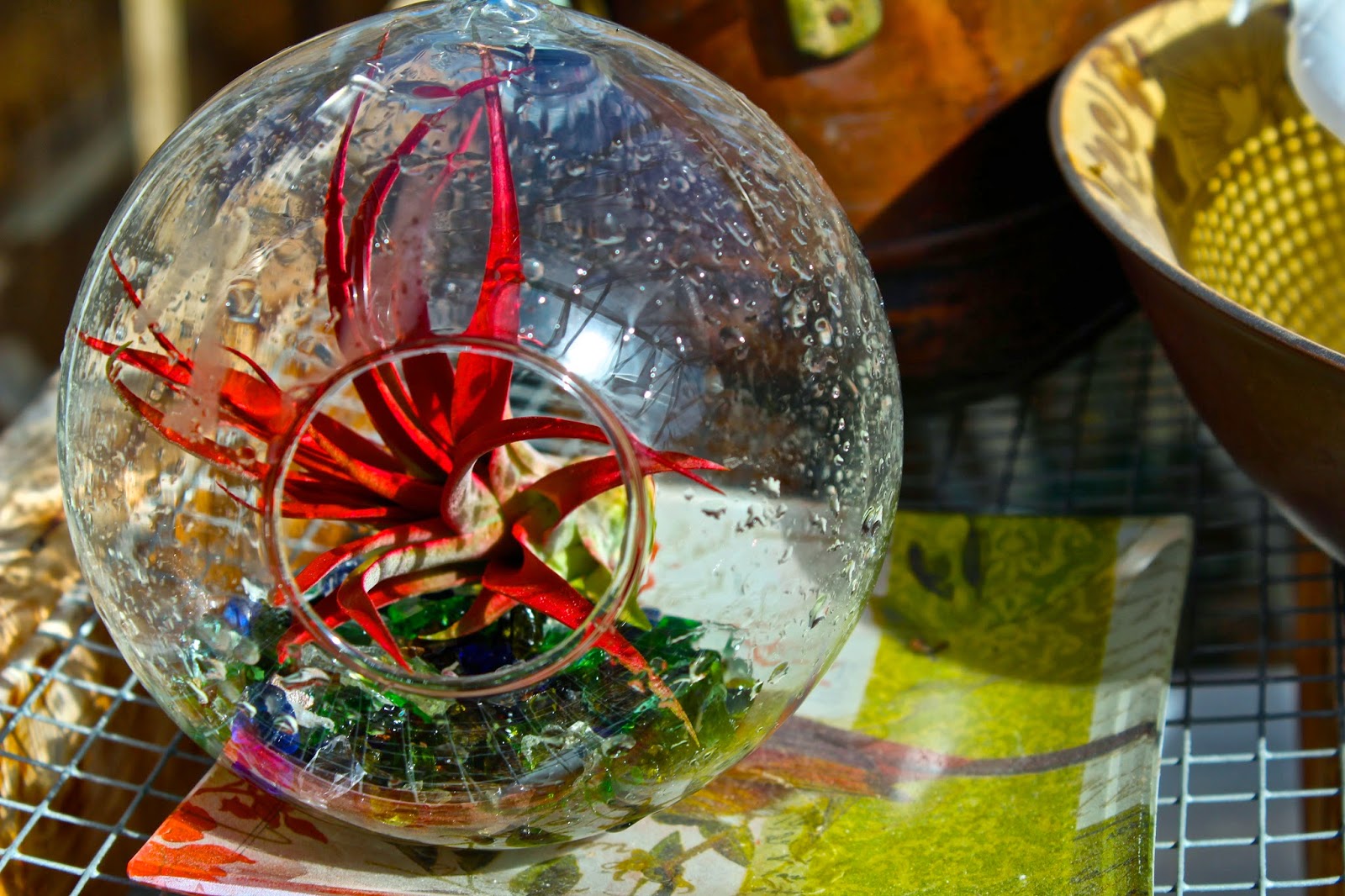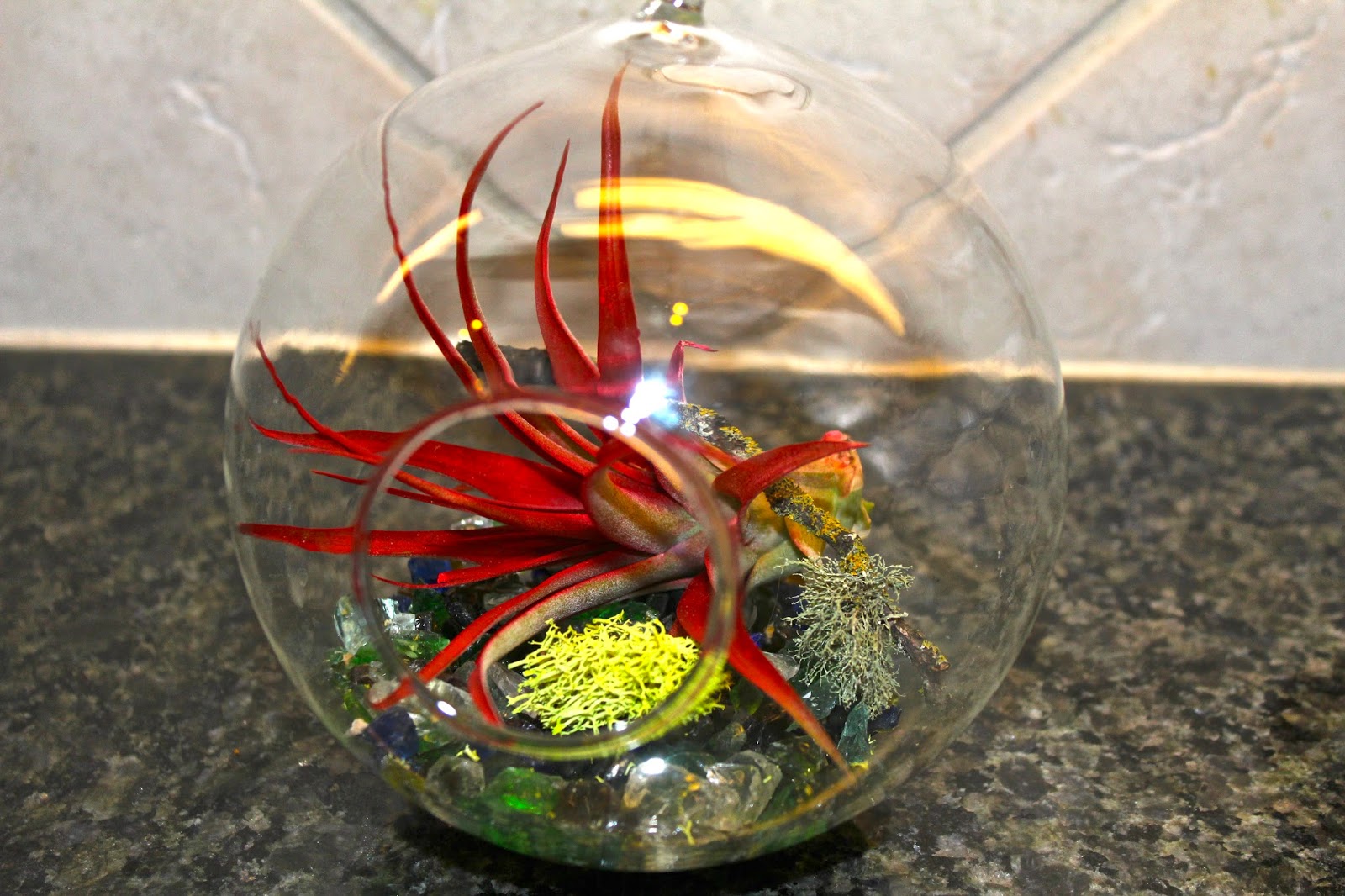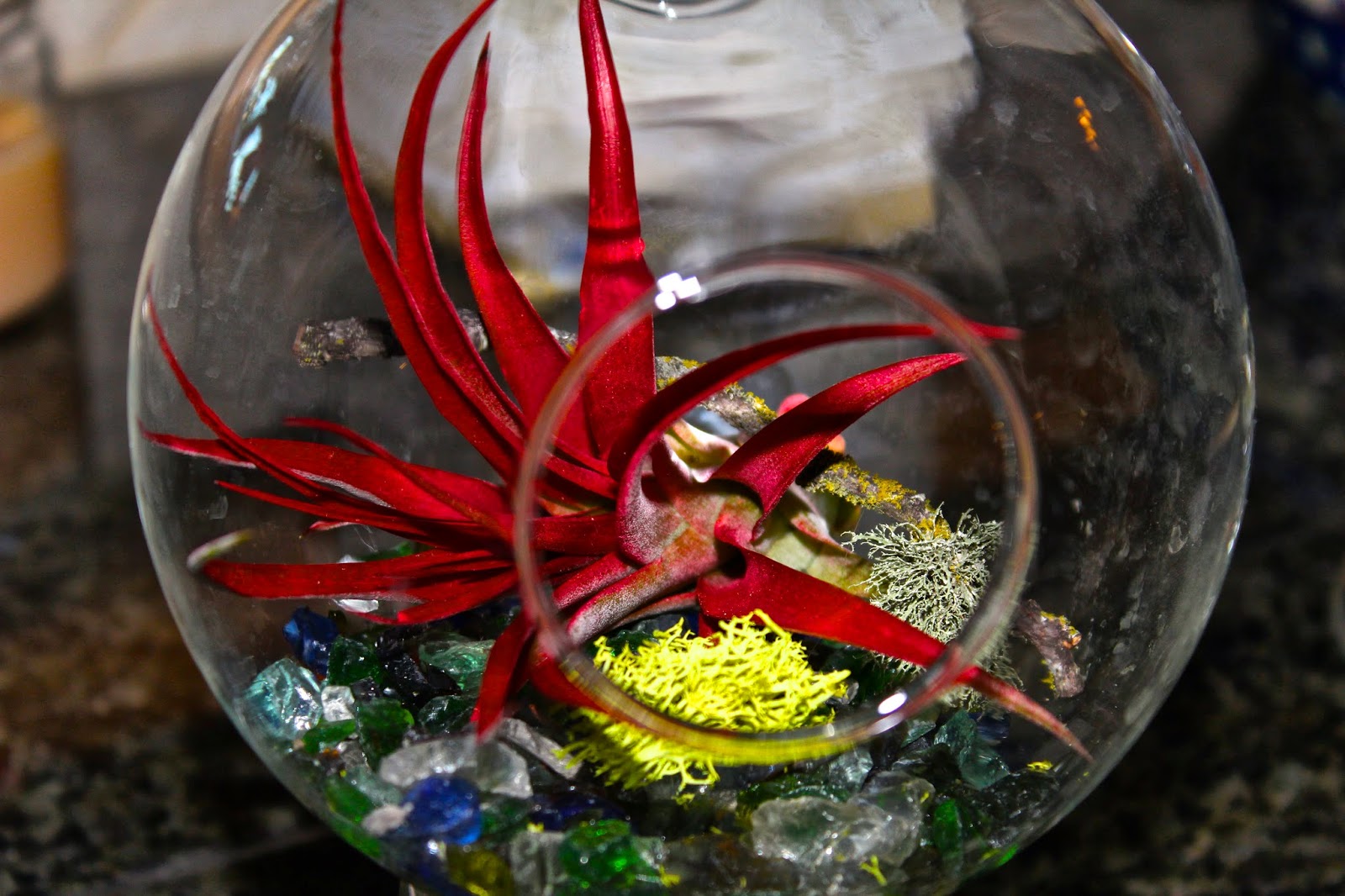Landscape bed getting stone edging facelift…
No more pondering — it’s time to get started on the next landscaping project here. In an effort to address some erosion and drainage problems and spruce up the front walkway – the beds on either side of the walkway will be getting stone edging.
As it is now, the sprinklers cause water runoff — the path here has a slight decline, but as you walk around the corner, it slopes down dramatically and turns the sidewalk into a pond in front of the porch every time it rains. And that leads to soil and mulch erosion, because the bed level is slightly higher than the walkway. And the lack of mulch along the edge also creates a weed wonderland for me.
Our house is limestone, so a 4″ limestone border will be laid, topped by a thin cap of Oklahoma flagstone in darker browns and tans.
This is what it will look like.
But no project is ever that simple. (We knew that, didn’t we?)
First, the sprinkler heads that line the bed will have to be moved inward by more than 4 inches. Then they will have to be raised to accommodate the additional yards of soil and mulch that will then have to go into the bed.
Then we’re going to raise up two sections of existing concrete to level the sidewalk and place drainage pipe under it from one side of the dry creek to the other to help with drainage.
I can’t wait for the freezing weather to be over so I can visit all my favorite nurseries and put pretty plants into the garden. But, this is winter and I can’t do that yet. So, hard scape it is.
I hope when it’s all finished, the pretty, newly-lined beds will be ready to welcome spring and a bevy of new plants.
I can’t wait…

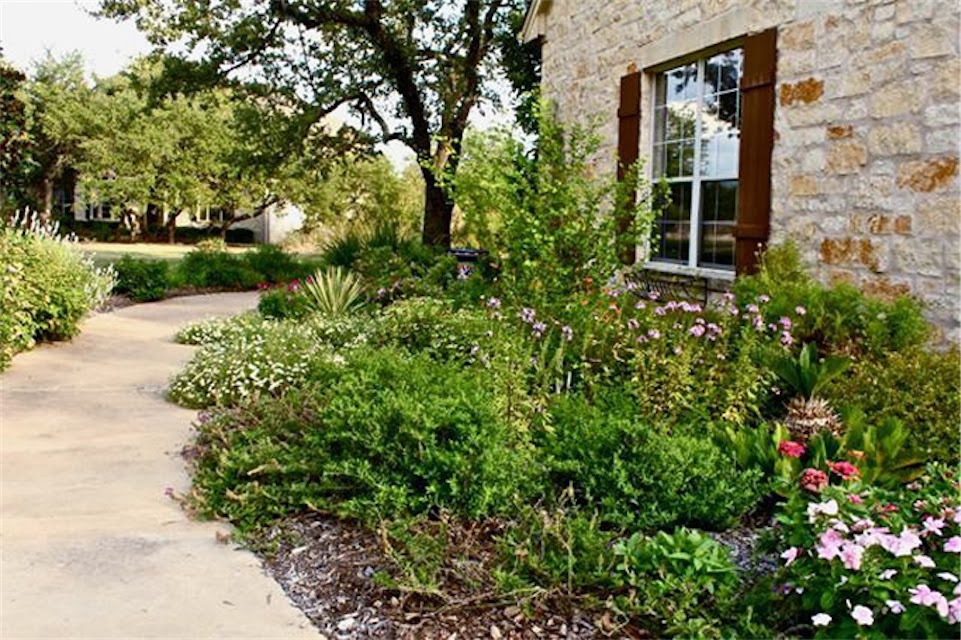
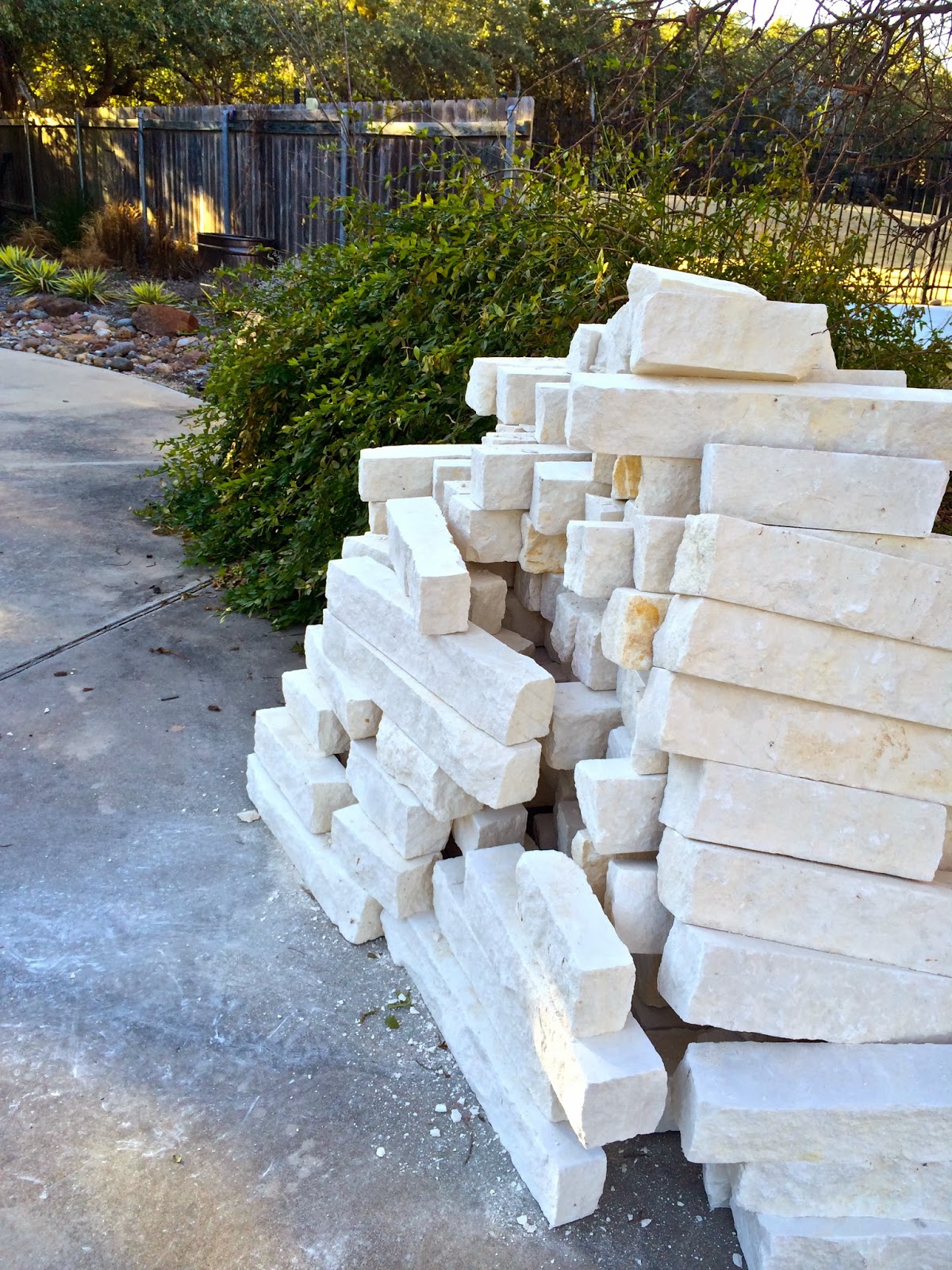
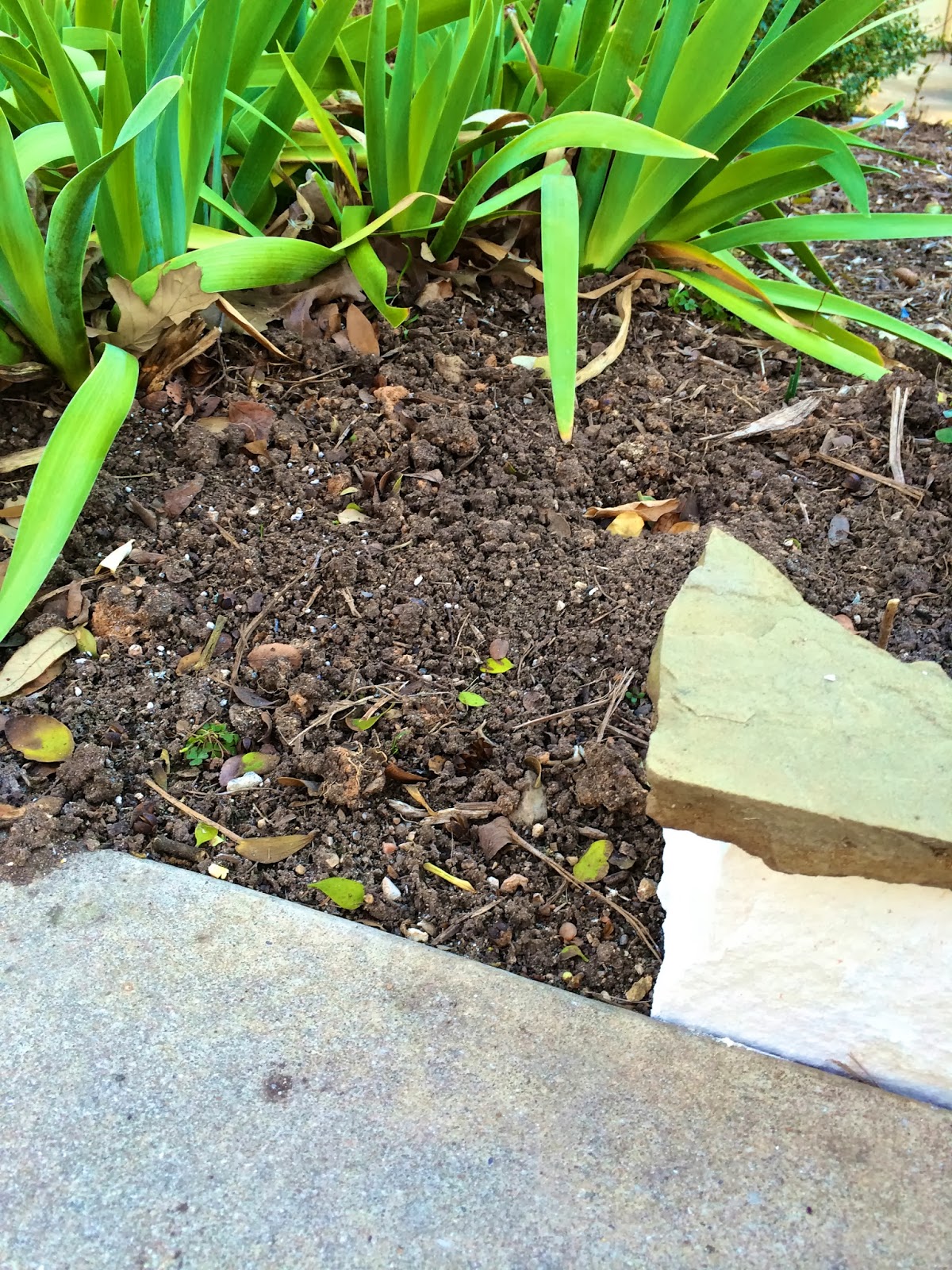
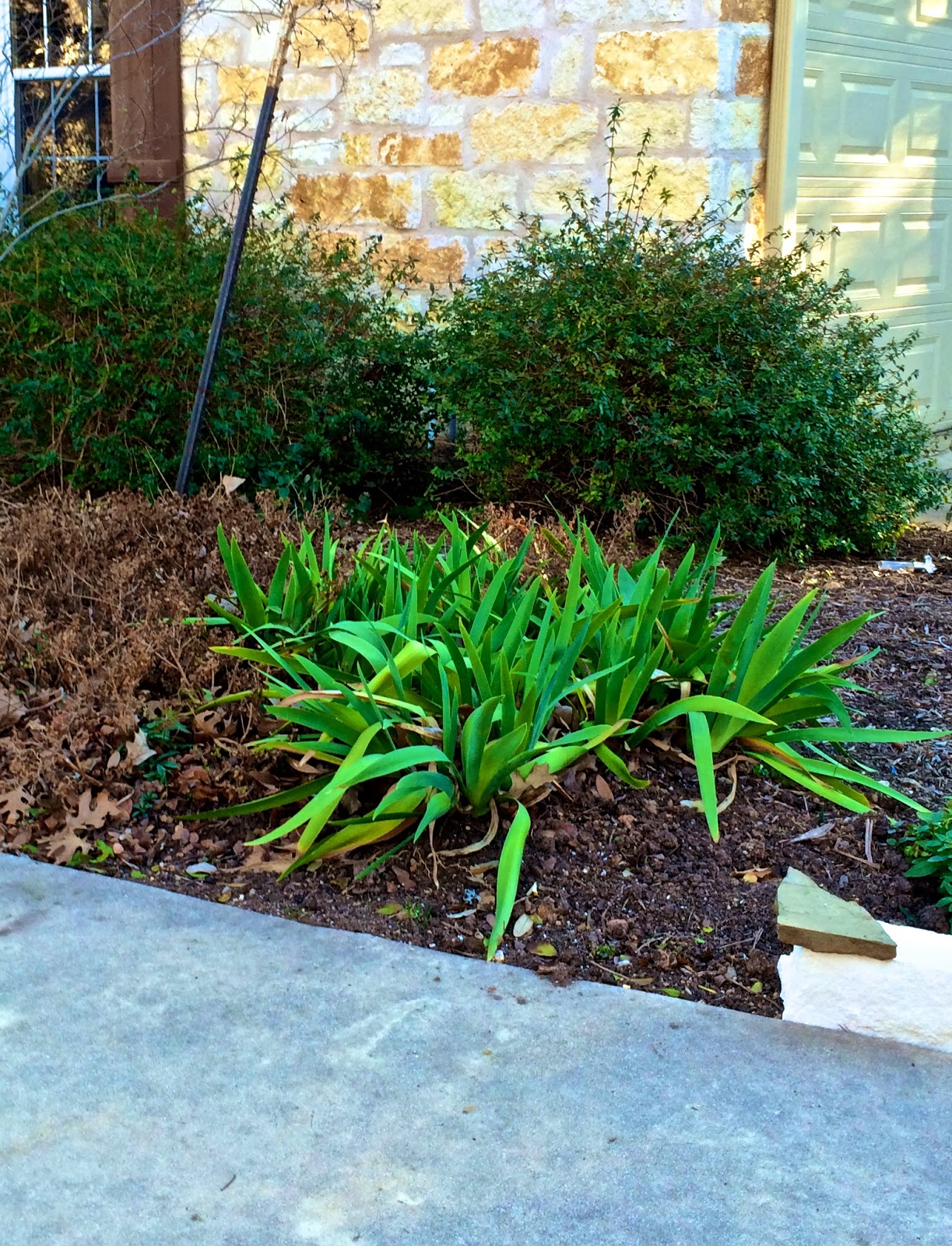
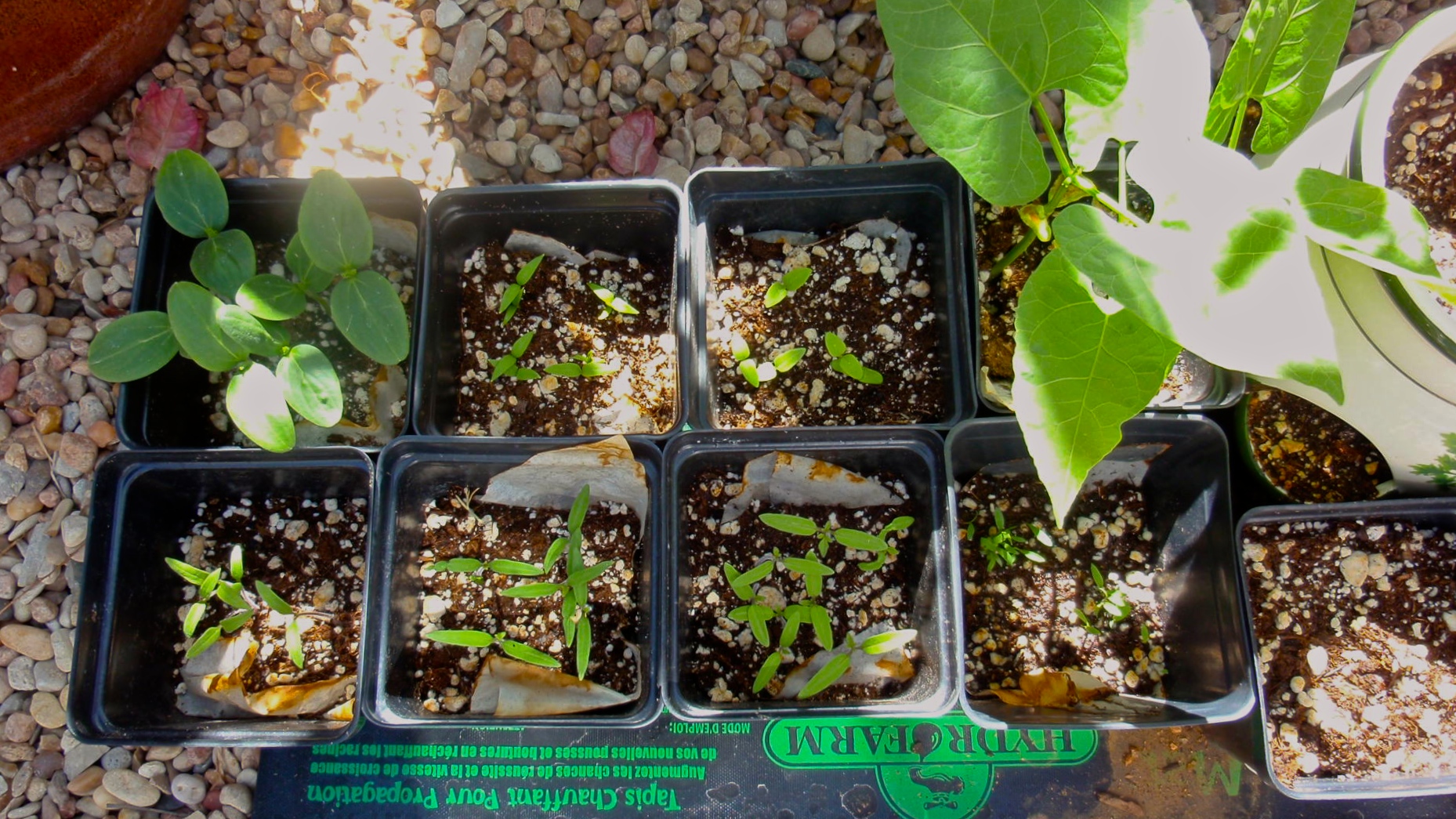 Indoors, that is. If you’re eager to try some new varieties of vegetables in your spring garden, now is the time to check out seed catalogs and the seed displays at your local independent nurseries.
Indoors, that is. If you’re eager to try some new varieties of vegetables in your spring garden, now is the time to check out seed catalogs and the seed displays at your local independent nurseries.
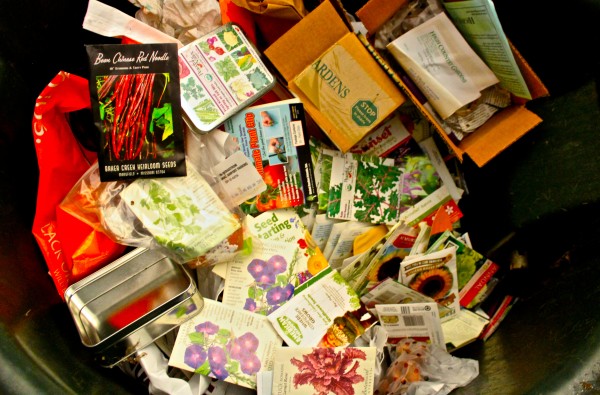 It’s seed-sowing time in Central Texas. Indoors, that is. If you’re eager to try some new varieties of vegetables in your spring garden, now is the time to check out seed catalogs and the seed displays at your local independent nurseries.
It’s seed-sowing time in Central Texas. Indoors, that is. If you’re eager to try some new varieties of vegetables in your spring garden, now is the time to check out seed catalogs and the seed displays at your local independent nurseries.